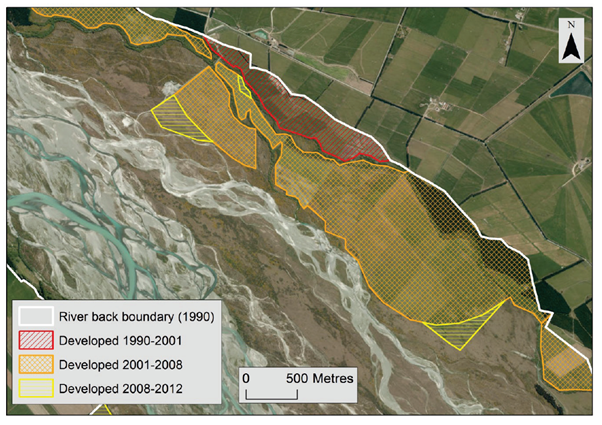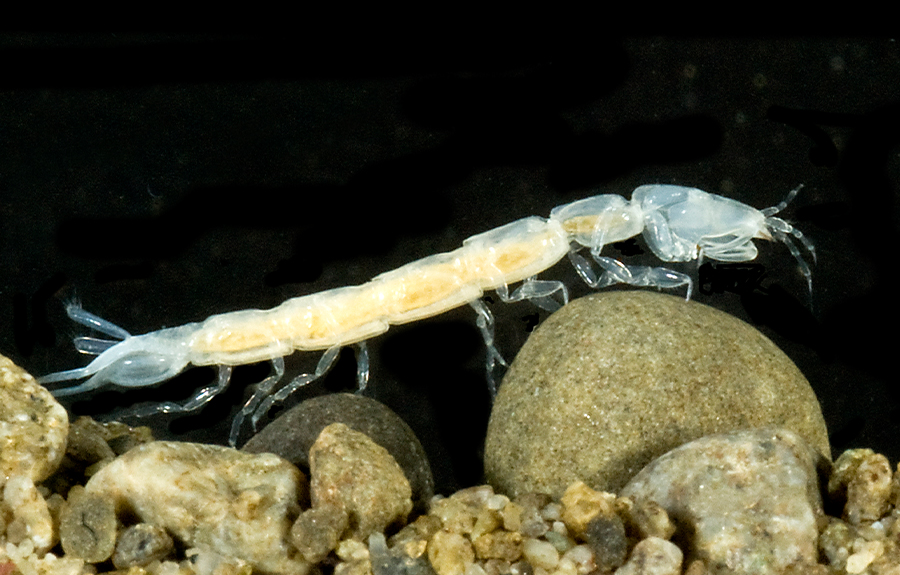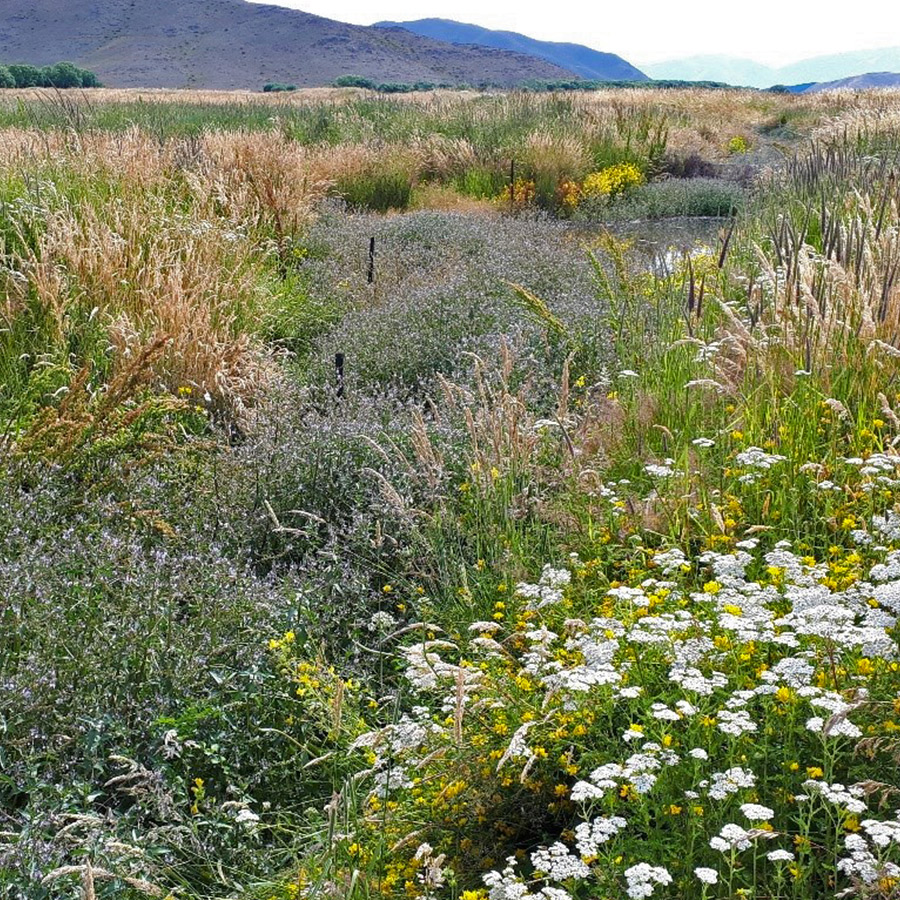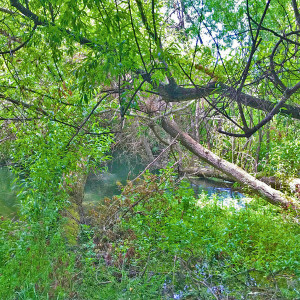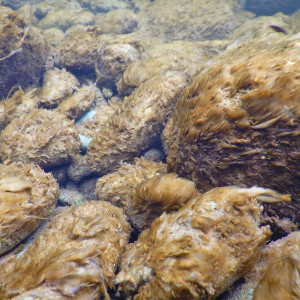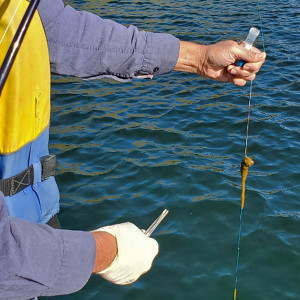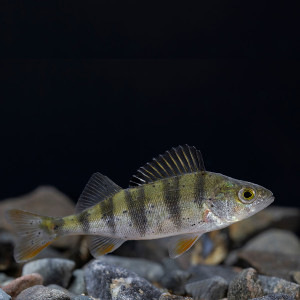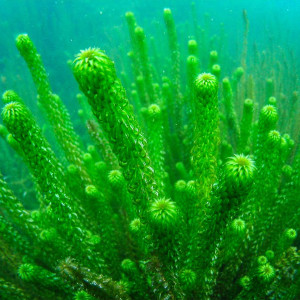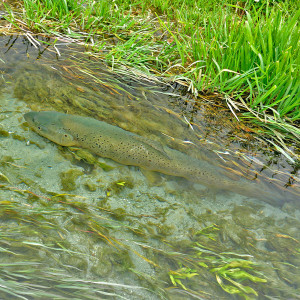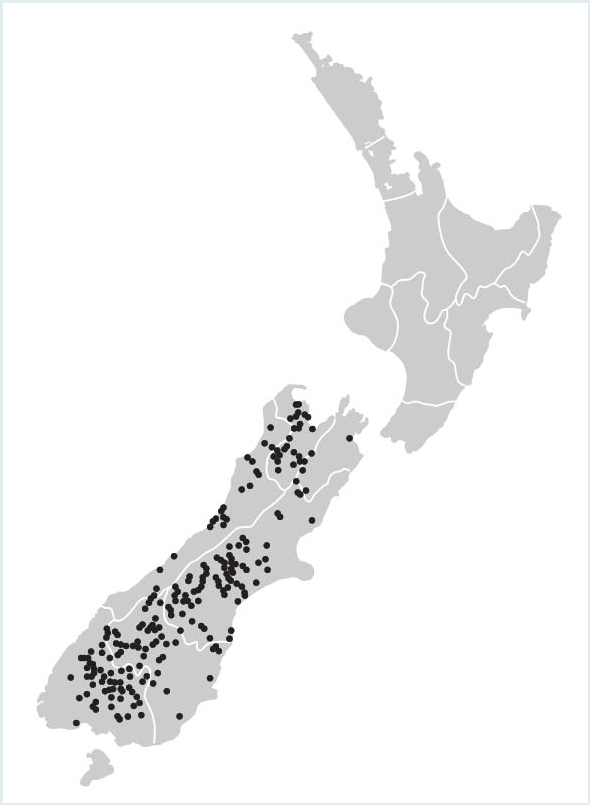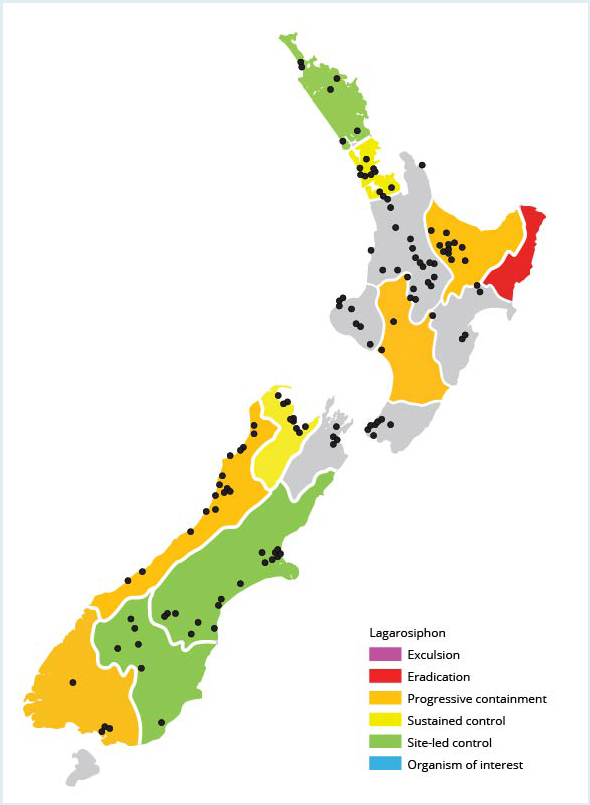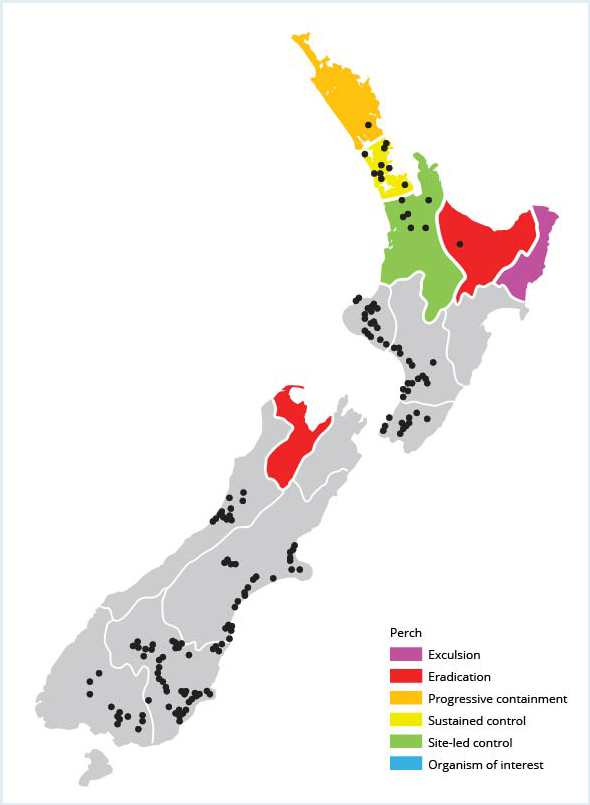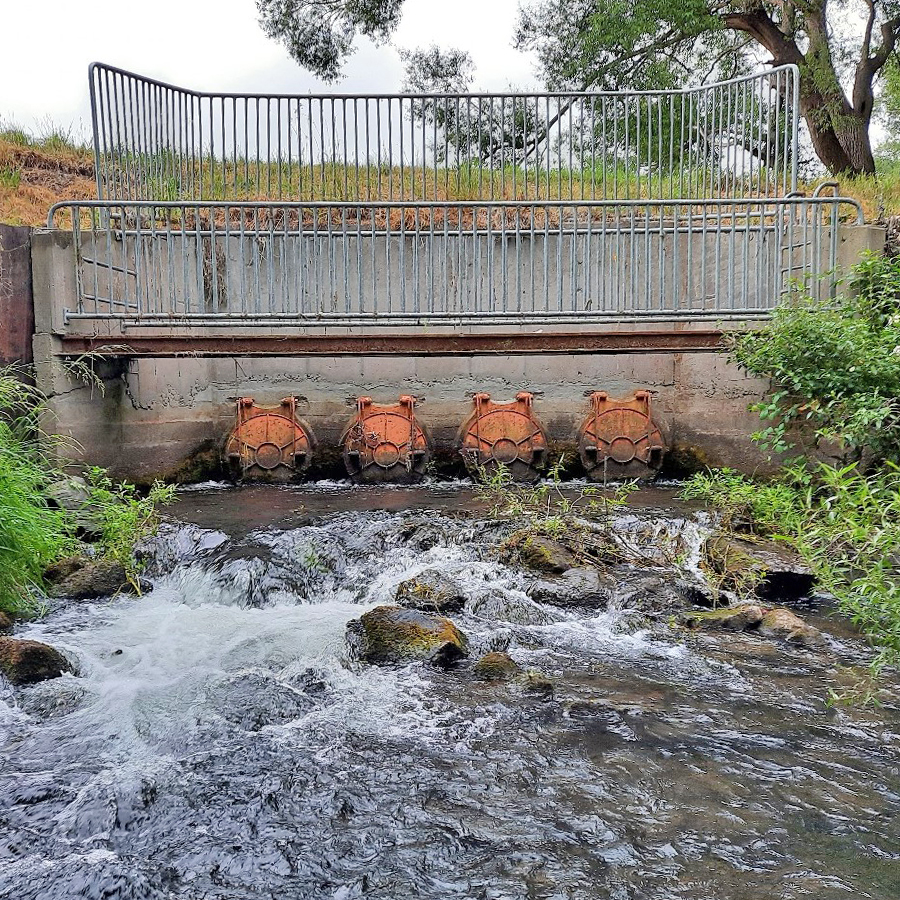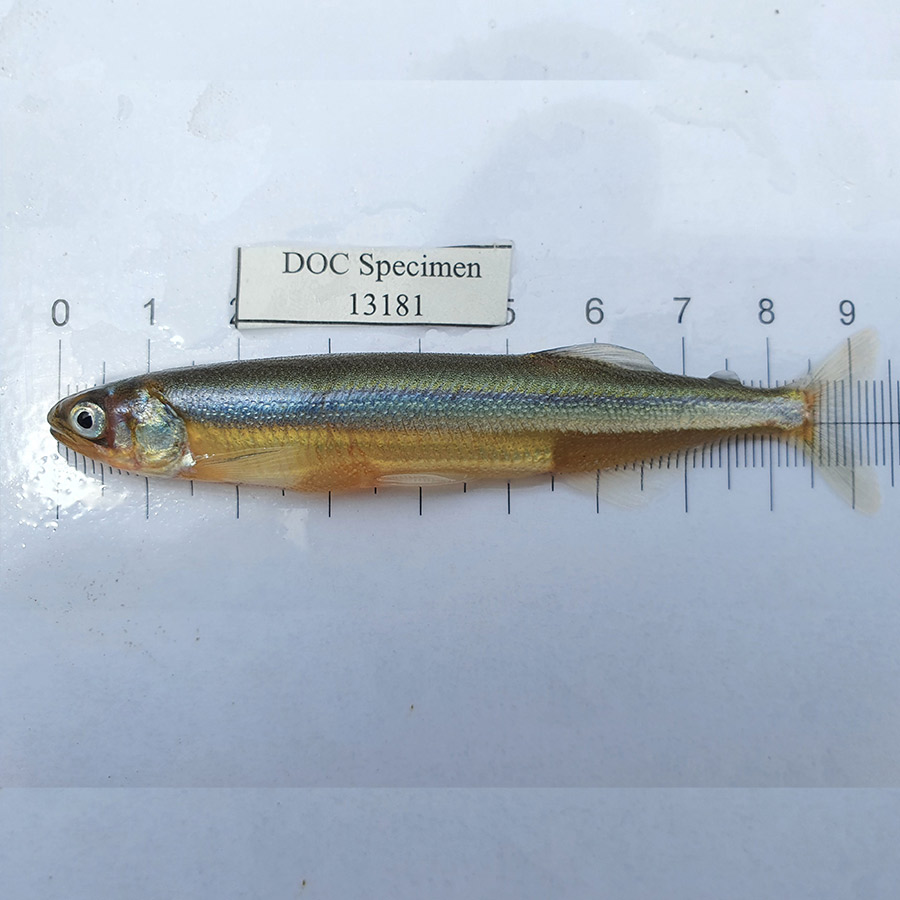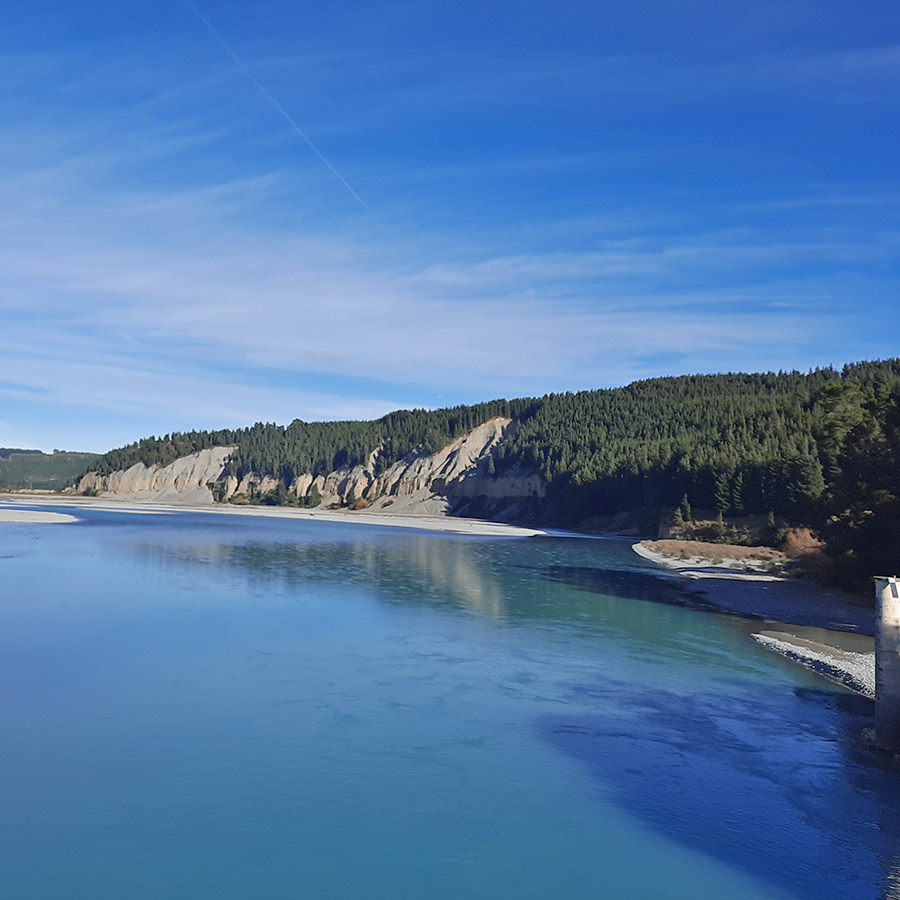Freshwater biodiversity
Freshwater ecosystems in Canterbury/Waitaha contain a diverse range of indigenous plants, invertebrates, migratory and non-migratory fish, and river-nesting birds and waterfowl.
A diversity of species is important to support ecosystem function and health (for example, food-webs), cultural and commercial harvesting, recreation, and tourism. Indigenous organisms have adapted and evolved to live in the habitats where they are found, but rivers, lakes and wetlands have been extensively modified (for example, regulated flow regimes in rivers).
Here are the current issues faced by our freshwater ecosystems and biodiversity in Waitaha.
Issue: Loss and degradation of aquatic habitats
A history of land development and water resource use has removed or degraded the aquatic habitats of many indigenous biota (plant and animal life) in Waitaha. This degradation continues due to contaminant inputs, water abstraction and climatic drivers, as well as other direct modification of physical habitats.
Habitat modification to wetlands and streams
The extent and continuance of physical habitat modification and loss is region-wide with most terrestrial, freshwater and marine habitat types affected to some degree.
For example, 90 percent of wetlands within Waitaha have been drained and developed for agriculture or urban development.
Many of our spring-fed streams have been piped, realigned, straightened and shortened to allow for land development in areas where they previously flowed. Urban waterways have been constrained and altered to quickly drain water from hard surfaces as urban areas grow. These changes to stream channels result in poor habitat for stream biota.
Example of waterway realignment (Waiau Uwha river in North Waitaha)
Larger alpine and hill-fed river margins have been increasingly constrained for the purpose of flood protection and land use, impacting their highly biodiverse braid plain habitats and overall natural character. From 1990 to 2012, 11630 hectares (ha) of braided river margin were lost on the low plains – and a further 1252 ha from 2012 to 2019.
Lake and estuary margins have also suffered encroachment and water level control due to hydroelectric, agricultural and urban land uses. These activities modify the riparian and bed habitats and, in the case of coastal systems, prevent the inland migration of waterbodies to allow for sea level rise. The construction and operation of physical structures such as tide gates, culverts, dams and weirs can also impact freshwater habitats (for example, barriers to fish passage) while instream works to divert water towards water intakes can impact flow supply and the natural character of river channels.
Groundwater biodiversity
Groundwater provides a habitat for invertebrates, microbes and biofilms, collectively termed stygofauna. However, there is limited information on how these ecosystems are affected by the impact of land use and groundwater abstraction.
Modern genetic techniques are beginning to provide greater information about stygofauna and their role in an aquifer, but unlike rivers, there is no available index of aquifer health or tested relationships between contaminants and these ecosystem communities. This makes it difficult to protect stygofauna and wider groundwater ecosystem health.
Read the full NIWA report on 'Groundwater ecosystems: Functions, values, impacts and management'.
Issue: Exotic organisms threatening indigenous habitats and species
When coupled with the warming of waters and the changing weather patterns expected to occur with climate change, environmental conditions may become less suitable for indigenous species and increasingly favourable for exotic flora and fauna.
Transfer of exotic species
The colonisation of freshwater environments by exotic species can be due to human-induced transfer and/or natural processes.
Human-induced transfer usually occurs via contaminated equipment (for example, fishing or boating equipment) or deliberate introductions, but species may also reach new environments via their own dispersal mechanisms as water temperatures and/or currents change, making conditions suitable.
This can put indigenous species and the integrity of their ecosystems at risk.
Invasive animal and plant pests
Exotic animals (both aquatic and terrestrial) may prey on indigenous species or outcompete them for space and food.
Woody weeds constrain braided riverbeds and remove river bird habitat; willows consume large quantities of water; and riparian weeds alter bankside habitats, food resources, bank integrity/stabilisation, and displace indigenous flora and fauna.
Invasive aquatic plants and algae choke and smother streams, lakes, lagoons, and estuary beds and trap sediment affecting physical habitat and water quality and impacting recreational and amenity values.
Weed and pest infestations in Waitaha
Notable examples pictured below include:
- willow along river and wetland margins and beds
- didymo (Didymosphenia geminata) in rivers
- lake snow algae (Lindavia intermedia) in high country lakes
- aquatic plants egeria (Lagarosiphon major) and monkey musk (Erythranthe guttata) in lakes or spring-fed streams, and
- predatory fish such as European perch and brown trout/taraute.
Issue: Disconnected environments affecting ecosystem health
Different ecosystems are closely connected and affect one another. For example, rainfall on the plains recharges groundwater levels, affecting flows in spring-fed rivers. Rainfall in the hills impacts river flow and the opening and closing of river mouths to the ocean. The connections between environments are crucial for ensuring all communities of flora and fauna thrive, however, more recently ecosystem connections have become increasingly fragmented.
Impacts of disconnected environments
Ecosystem connectedness comes in many forms and can be highly complex. A simple example of how disconnectedness can affect freshwater biodiversity is the migration of indigenous and sports fish species between lakes and rivers to and from the ocean.
Low river flows can cause dry reaches in rivers, while high flows are needed to keep some river mouths open. Dry reaches and closed river mouths can prevent migratory fish completing their life cycles. This can affect the survival of a population and the health of the wider ecosystem. This is because these fish are part of both the freshwater and marine food webs that other species depend on, including nesting river birds that depend on smelt (a small silvery baitfish) to feed their chicks.
River flows in Waitaha are under pressure from water abstraction, and coupled with other ecosystem impacts such as the loss of wetlands, this can exacerbate river drying and fish passage at river mouths.
Physical structures such as tide gates, flood gates, culverts, dams, and weirs can also act as barriers to fish passage in rivers and lakes. These are just a couple of the numerous examples of how actions on land and water use can impact freshwater ecosystem values.
Issue: Loss of rare, keystone or culturally significant aquatic species
River and lake ecosystems in New Zealand/Aotearoa contain a variety of flora and fauna, some of which are only found in Waitaha. A number of species are also considered essential to the functioning of the wider ecosystem (i.e. they are a keystone species), or are highly valued by mana whenua as taonga or for mahinga kai.
Land and water use in the region has put many of these species and their habitats under threat. As a result, some populations have declined, and/or continue to decline and are at risk of becoming extinct.
The Department of Conservation/Te Papa Atawhai (DOC) regularly reviews the threat status of New Zealand taxa including invertebrates, fish, plants and birds that live in or near freshwaters.
Rare species
The known locations of threatened species are being mapped in Waitaha.
An example includes the distribution of four species of threatened longjaw galaxias that are each classified as either nationally ‘vulnerable,’ ‘endangered’ or ‘critical.’
These small non-migratory fish are generally only found in the spring-fed stream habitats of inland basins and prefer clean, gravel riffle habitats that are under threat from the growth of exotic aquatic plants.
Decline of Stokell’s smelt/pāraki
Another freshwater species under threat is the Stokell’s smelt/pāraki, which is only found in the hāpua (coastal freshwater lagoons) of some braided rivers between spring and autumn. Stokell’s smelt/pāraki is an important food source for predatory fish and nesting river birds because of the huge numbers that seasonally migrate in from the sea to spawn. A recent study has shown a large drop in their population (refer graph below) meaning the aquatic food webs and the species that depend upon these smelt are also under threat.
Culturally significant species
Stokell’s smelt/pāraki once formed an important source of mahinga kai and served as a commercial fishery. Longfin tuna/eel and freshwater crayfish/kōura/kekewai are widely regarded as taonga and are also an important source of mahinga kai, but each is classified as being ‘at-risk’ nationally, or threatened, within Waitaha due to declining populations.
This shows the change in Stokell’s smelt/pāraki numbers running into the Rakaia River mouth between 1980/81 and 2020/21. The noticeable blue spike can be attributed to their peak migration period.
Current policy approach
There are a number of policy provisions for the protection of threatened and at risk species within the operative planning framework. A recent example is Plan Change 7 (PC7) to the Canterbury Land and Water Regional Plan (CLWRP) that introduced mapping of known “critical habitats” of 11 species considered regionally threatened in Waitaha (PDF file, 698.25KB).
People undertaking a variety of activities in these critical habitats now require resource consent and must avoid, remedy or mitigate the impact of their activity on the habitat area.
Known habitat of regionally threatened species in Waitaha
Issue: Forestry impacts on freshwater biodiversity in Waitaha
There is potential for forestry to have both positive and negative effects on freshwater biodiversity.
Forestry activities can improve water quality as they require fewer artificial inputs than other productive land uses. Forests also extract nutrients from the soil and help regulate the temperature and oxygen levels within waterbodies by providing shade. This benefits freshwater biodiversity that is otherwise vulnerable to poor water quality.
Plantation forests can also reduce the amount of water in surrounding waterbodies because they take up a large amount of water from the surrounding environment. Low water flows and water levels can lead to a loss of habitat for indigenous flora and fauna and an increase in pollutant concentrations.
The cycle of plantation forestry activities also has different effects on soil erosion. A standing plantation forest helps to prevent soil erosion by binding loose or exposed soils with a large root mass. During planting and harvesting, however, the disturbance of soil can lead to the sedimentation of nearby waterbodies. This is particularly likely on steep, erosion-prone land. Sediment in waterbodies can smother food sources and habitats of aquatic species as well as increase turbidity (cloudiness of water). Increased sedimentation may also increase the amount of phosphorus in waterways that can lead to an increase in plant growth that can negatively impact on freshwater habitats.
Debris from forestry management activities such as pruning and harvesting operations can also enter waterbodies and cause damage or loss to the habitats they support.
Use this map to toggle on and off different fish species' habitat locations and compare them to erosion susceptibility areas.

